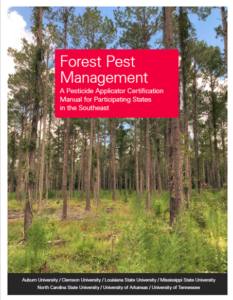
Online Pesticide Applicator Forest Pest Management Course
The Pesticide Safety Education Program at NC State University is offering an online exam preparation course for those seeking …



El inglés es el idioma de control de esta página. En la medida en que haya algún conflicto entre la traducción al inglés y la traducción, el inglés prevalece.
Al hacer clic en el enlace de traducción se activa un servicio de traducción gratuito para convertir la página al español. Al igual que con cualquier traducción por Internet, la conversión no es sensible al contexto y puede que no traduzca el texto en su significado original. NC State Extension no garantiza la exactitud del texto traducido. Por favor, tenga en cuenta que algunas aplicaciones y/o servicios pueden no funcionar como se espera cuando se traducen.
Inglês é o idioma de controle desta página. Na medida que haja algum conflito entre o texto original em Inglês e a tradução, o Inglês prevalece.
Ao clicar no link de tradução, um serviço gratuito de tradução será ativado para converter a página para o Português. Como em qualquer tradução pela internet, a conversão não é sensivel ao contexto e pode não ocorrer a tradução para o significado orginal. O serviço de Extensão da Carolina do Norte (NC State Extension) não garante a exatidão do texto traduzido. Por favor, observe que algumas funções ou serviços podem não funcionar como esperado após a tradução.
English is the controlling language of this page. To the extent there is any conflict between the English text and the translation, English controls.
Clicking on the translation link activates a free translation service to convert the page to Spanish. As with any Internet translation, the conversion is not context-sensitive and may not translate the text to its original meaning. NC State Extension does not guarantee the accuracy of the translated text. Please note that some applications and/or services may not function as expected when translated.
Collapse ▲
The Pesticide Safety Education Program at NC State University is offering an online exam preparation course for those seeking …
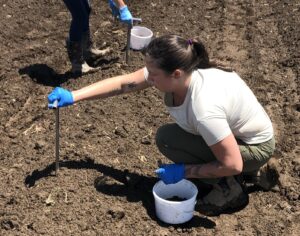
The North Carolina Department of Agriculture and Consumer Services (NCDA & CS) is offering free services for counties affected …

The 2025 Southeastern Vegetable Crop Handbook can be purchased through UNC Press , Amazon, OR in open access format here. Unfortunately, …
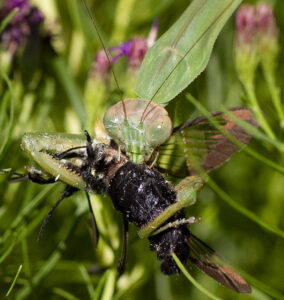
Folks of all ages delight in finding praying mantids in the garden. These charismatic predators are large and easy …

Due to the winter weather, NC State will operate under Condition 2 (Suspended Operations) on Wednesday, Feb. 20th. Under …
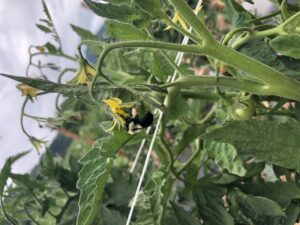
The fungicide spray guides for tomato and pepper are intended for commercial growers and are suggested products or programs …
We’re happy to announce that we have received funding from USDA-NIFA to help beekeepers in Western North and South …
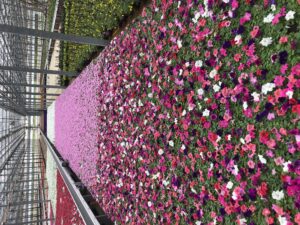
Fungicide use to manage diseases in ornamental crops is a part of an effective integrated pest management program. Efficacy …
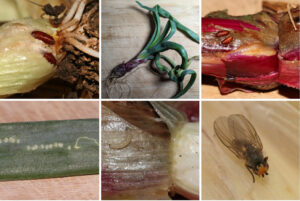
Last spring some growers in the North Carolina piedmont noticed unusual problems with their allium crops, primarily bulb onions, …

Blueberries are a popular crop for commercial farmers as well as home gardeners in North Carolina. They are fairly …

Condition 2 (Suspended Operations) have been extended until 10 a.m. on Thursday, January 23, 2025. We hope for much …

In observance of the Dr. Martin Luther King, Jr. holiday, the Plant Disease and Insect Clinic will be closed …
New Pesticide Applicator Certification and Training rules were enacted at the end of 2024. One that will catch many …

Due to the incoming winter storm and its expected impact on travel, the Plant Disease and Insect Clinic will …
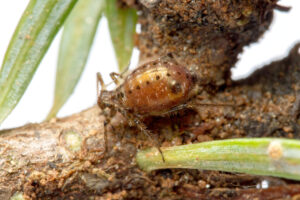
As the holiday season approaches, the PDIC will be following scheduled closures based on the university holiday calendar. For Thanksgiving, …
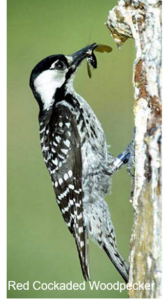
The U.S. Environmental Protection Agency shared the following news release Friday, October 11, 2024, introducing a toolbox of strategies …

Update 11/02/24 We are tabulating a running compilation of the documented needs of beekeepers in Helene-affected areas. This table will …

In the aftermath of Helene and the devastation that hit Western North Carolina, our hearts go out to those …
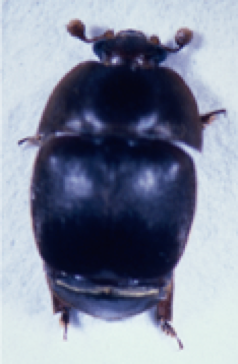
This factsheet describes the small hive beetle, its life cycle and how to prevent infestations …

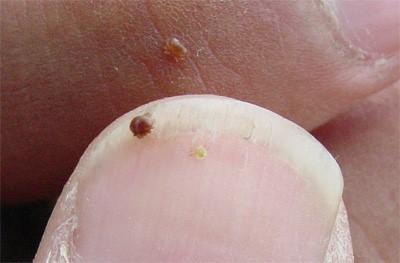
It is the goal of every beekeeper to maintain healthy, productive colonies. This can only …

This manual prepares pesticide applicators for Forest Pest Control Certification exams in the following states: …
To apply restricted-use pesticides to agricultural commodities, you must be certified or be supervised by …

This factsheet offers information on the biology and management of the emerald ash borer, an …

Black root rot impacts a range of woody and herbaceous ornamental plant species primarily in …
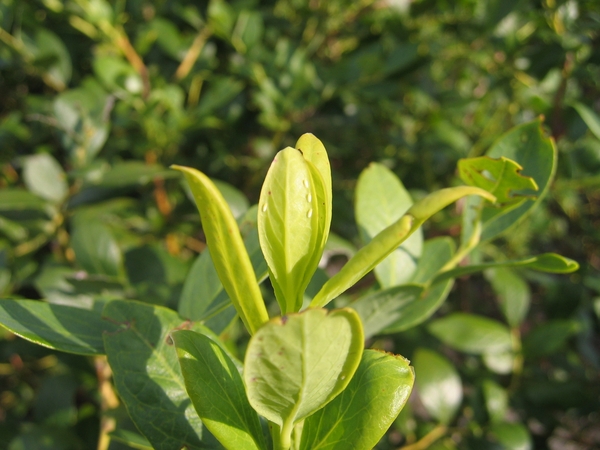
Whiteflies (Hemiptera: Aleyrodidae) are small (< 0.12 inch) and highly diverse insects that feed on …